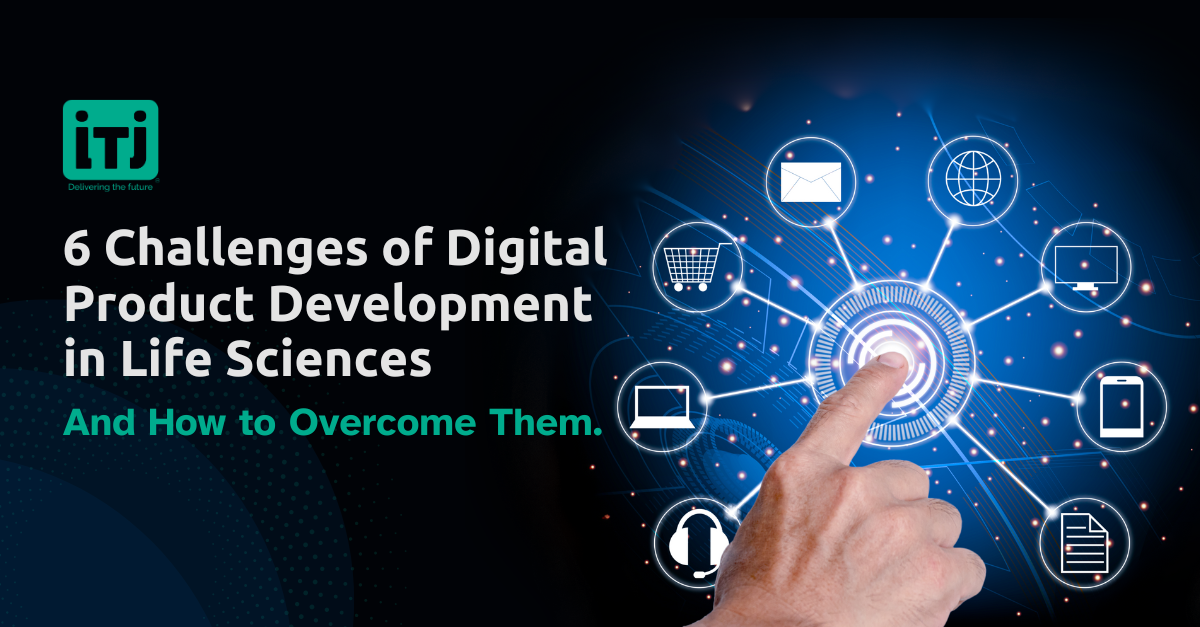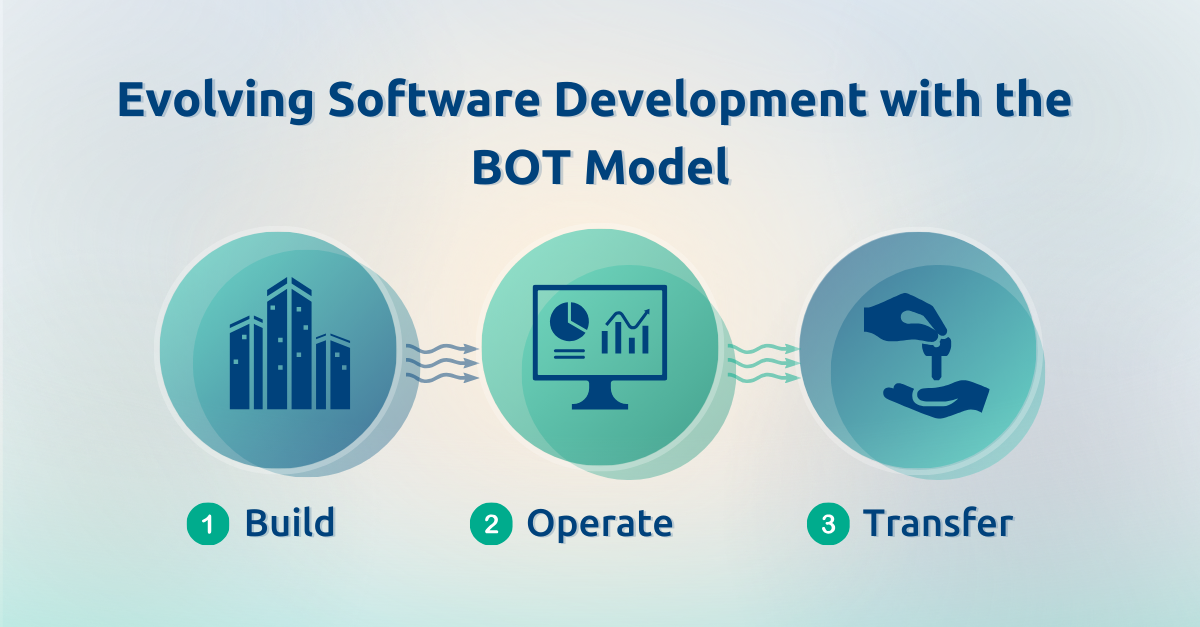
Reasons why the Healthcare & Life Sciences sector is stronger than ever
March 18, 2022
Why does the healthcare & life sciences sector is stronger than ever? When governments worldwide began to tighten their belts two years ago, mired in lockdown with precedents, life sciences businesses might have chosen to reduce their risk, cut down on investments, and ride out the storm. Instead, they sailed right into the hurricane’s eye. Rather than cutting down, several of them increased their efforts in research and development to enhance both science and technology.
To know more about the Internet of Medical Things and other advances in the healthcare and life sciences industry, you can visit The Internet of Medical Things: The Healthcare Revolution.
The findings made by FTI Consulting suggest new advances for the healthcare and life sciences sector, building on the momentum from the previous year and looking ahead to 2022. The worldwide Life Science and Chemical Instrumentation market is expected to be worth USD 43,080 million by 2026, up from USD 40,760 million in 2020, at a CAGR of 5.3% between 2021 and 2026. And the worldwide biotechnology industry was predicted to be worth $449 billion in 2019 and is anticipated to be worth $727.1 billion by 2025. Not only do the numbers represent an increase in revenue (and, by default, investment) in the sector, but also the federal government aided in the reduction of regulatory hurdles and invested billions of dollars in R&D.
With all these in mind, the future of the Healthcare & Life Sciences sector stands in:
Paying attention to scientific breakthroughs that are likely to continue. For instance, if you are an investor or a former company leader, you might like to review the former healthcare logistics and know-how of today and the road life sciences organizations will be taking soon. Companies in the life sciences, for example, have totally altered the way vaccines are created. The speed with which the vaccinations were developed, authorized, and distributed has been nothing short of astounding. In addition, manufacturing, testing, logistics, digital supply chains, and virtual clinical trials have also experienced considerable developments.
You also will have to realize that companies will likely have access to a more diverse and varied talent pool. Over the last few months, many of us have become acclimated to working from home. While the pandemic altered how we worked, it also spurred many health sciences firms to reconsider their strategy for attracting and retaining talent. Geography is no longer an impediment to attracting the finest and brightest. Even if it is challenging, the capacity to conduct a task online might help corporations balance their access to talent and science. This is a neutralizing factor that may assist put all organizations on an equal footing in terms of finding the proper personnel for every element of their business.
Finally, have present that AI has come to stay. AI is now beginning to be integrated into the company mix and transitioning from experimentation and pilots to complete integration—from R&D to accounts payable. To yet, firms have not seen a return on investment from AI that is commensurate with the hype. However, life sciences organizations will not realize the full potential of AI until it is integrated into an enterprise-wide strategy. Every time a process is digitized, there is a potential to acquire new information and increase efficiency by incorporating some amount of artificial intelligence and data science. COVID-19 has hastened the acceptance of this potential, which has been building for some years.

